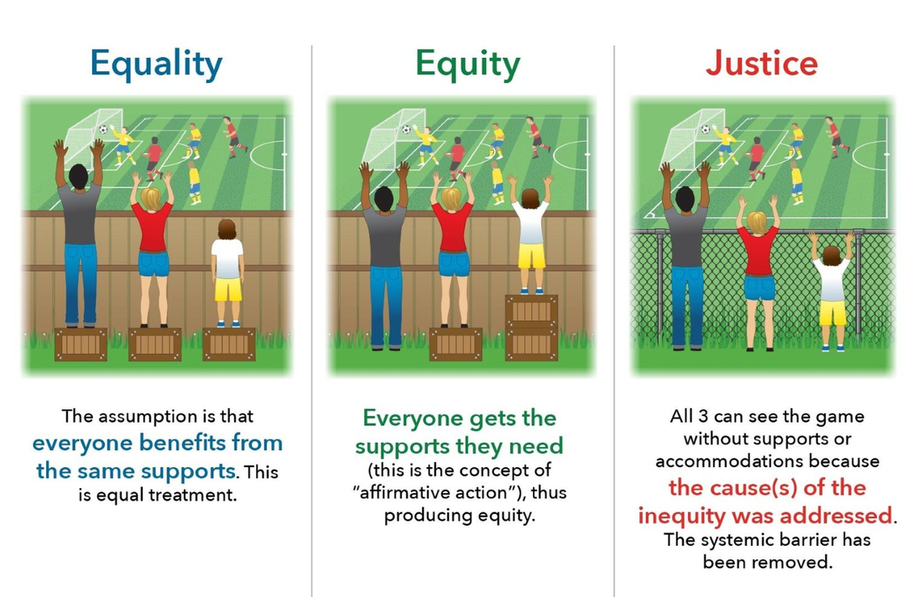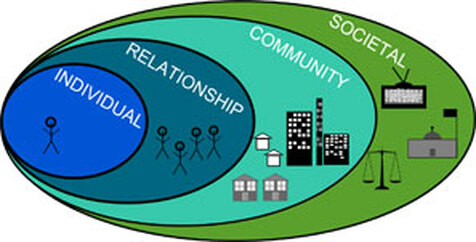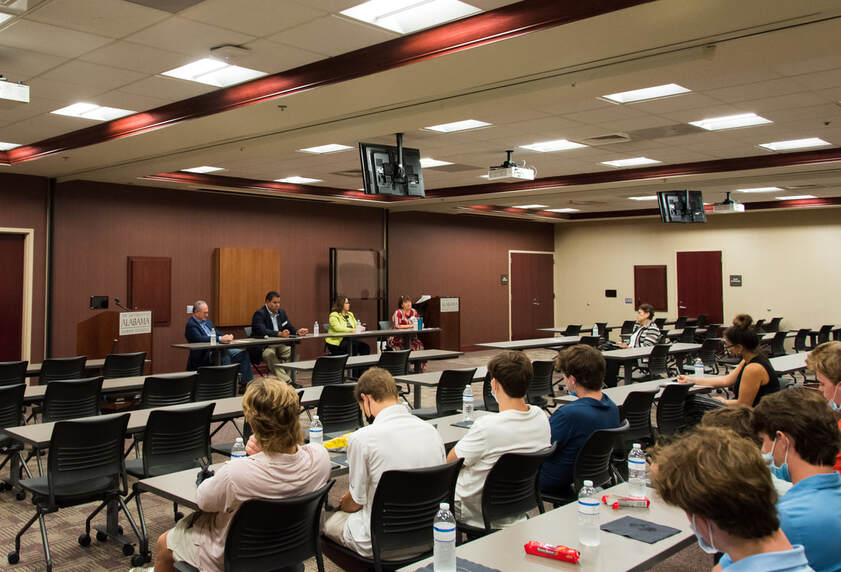What we believe:
We understand that diversity work is complex and encompasses a lot of issues. Here’s how we understand some key concepts:
Diversity: The recognition of unique differences in each person (i.e. race, gender, sexual orientations, SES). Beyond tolerance, diversity includes embracing and celebrating the rich dimensions of humans (Queensborough Community College).
Inclusion vs inclusivity: Inclusion is the ACT of creating environments that empower, welcome, respect, support and value all diverse individuals to participate (University of Houston). Inclusivity intentionally combines equity and inclusion; it is the practice or policy of including people who might otherwise be excluded or marginalized.
Equity vs Equality: Equality is giving everyone access to the same opportunity and treating everyone the same. Equity recognizes the variability of access and opportunity in how opportunities and access are distributed (Winston-Salem State University).


Intersectionality: The overlapping or intersecting social identities (gender, race, class, sexuality, ethnicity, nation, ability, and age) and related systems of oppression that make up experiences for marginalized groups that cannot be understood separately (Crenshaw, 1991).
Internalized Racism: Occurs at the individual level. It includes an acceptance by members of the stigmatized racial groups of negative messages about their own abilities and intrinsic worth. It involves accepting limitations to one’s own full humanity (Jones, 2000).
Interpersonal Racism: Occurs at the relationship level. It includes the expression of racism between individuals. This is the most commonly understood type of racism. Racist expressions at this level may be intentional or unintentional (Jones, 2000).
Institutional Racism: Occurs at the community level. It includes discrimination and unfair policies that advantage and disadvantage people based on race within and between institutions (Jones, 2000).
Structural Racism: Occurs at the societal level. It includes 1) History that lies beneath the surface, 2) Culture which normalizes and replicates racism and exists all around, and 3) Interconnected institutions and policies at the advantage of the white majority (Lawrence & Keleher, 2004).

*Nearly all forms of discrimination can be understood using this multi-level approach, including sexism, ableism, classism, and heteronormativity.
Microaggression: Intentional or unintentional verbal, non-verbal or environmental communication that is hostile, derogatory or negative (University of Houston).
Privilege: Personal, interpersonal, cultural, and institutional benefits, advantages and favors of dominant groups at the expense of targeted groups. Those with privilege include but are not limited to white people, able-bodied people, heterosexuals, males, Christians, middle or owning class people, and English speaking people (Vanderbilt University).
